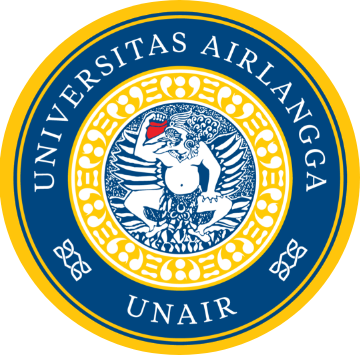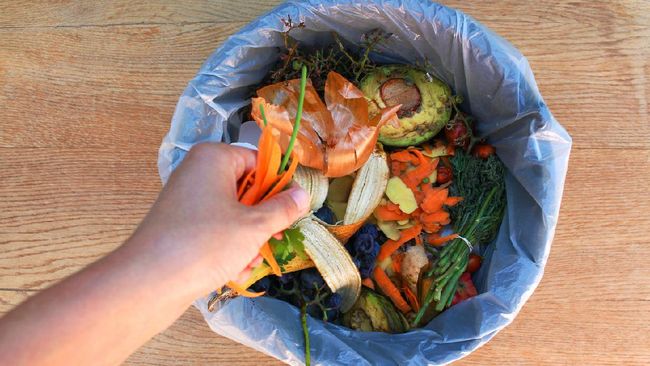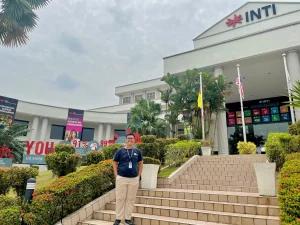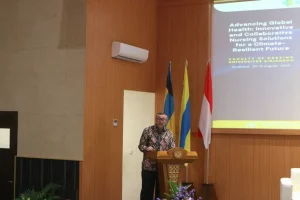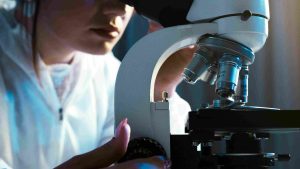Food leftover from restaurants, homes, or other establishments is often disposed of as waste due to its high humidity and perishable nature. It causes water and soil pollution in landfills. They may also contaminate other wastes and disrupt the incineration of other wastes. As a result, management programs are needed to recycle waste properly. Due to rapid population growth and increasing demand for food, the amount of food waste produced in urban communities increases rapidly. Various management methods for food waste recycling are implemented, including composting, anaerobic digestion, and burning or feeding livestock and poultry. In livestock and poultry breeding centers, most of the operating costs are related to the feed supply cost, so using cheap feed can reduce production costs and thus the cost of poultry.
As part of food waste, restaurant waste can have a high nutritional value for poultry and, on the other hand, can reduce environmental pollution and reduce the cost of waste disposal. Recycling food waste and replacing it with poultry rations is one of the most important projects pursued by the South Korean government. Also, replacing food waste as feed-in poultry diets is known as a solution for food waste recycling in the United States, and the percentage between waste and food waste is so significant that the utilization of food waste in America is already very good. Recycling food waste and the production of functional products from it is very important because, in addition to reducing food imports, it can also help reduce environmental pollution. Although waste recycling for poultry became one of the best solutions, there are things necessary to be considered regarding the impact of pathogens and infections spread if not managed well.
Therefore, proper processing and disinfection of these materials is an important issue that requires great care. By studying various methods of conversion and processing of food waste, it is possible to effectively disinfect and clean food waste by performing heat treatment at a certain time and at the appropriate temperature. Although heat treatment causes some of the nutrients to be lost, the remaining nutrients can still meet the nutritional needs. In this paper, the nutritional value of food waste in comparison with the compounds used in the preparation of poultry feed has been investigated. Therefore, the purpose of this paper is to determine the nutritional value of restaurant waste and the possibility of replacement with poultry rations. In this paper, authors do various test, including fat percentage, dry matter, and calcium. The food waste sample was taken from red meat, fish, chicken, rice, and legumes that were performed randomly for seven consecutive days. All experiments were performed in 5 replications.
The parameters of fat percentage were measured using Soxhlet extractor and filter paper No. 42, percentage of dry matter using the oven by calculating the difference between the total food weight and the weight of the food that has been dried, percentage of protein in it using Kjeldahl method, and also the percentage of calcium and phosphorus with the standard beard, titration and spectophotometry. The result showed that the average dry matter of restaurant food waste is about 60% less than the average poultry ration, which indicates that in terms of dry matter, food waste is not a suitable substitute for poultry ration. The average calcium of restaurant food waste is about 0.14% higher than the average diet of poultry. The average calcium in food waste is close to the amount of calcium in soybean meal, which can be replaced with this part of the poultry diet.
The average phosphorus of restaurant food waste is about 0.48% less than the average poultry diet, indicating that food waste is not a suitable substitute for poultry rations in terms of phosphorus. The average crude protein of restaurant food waste is about 5.65% higher than the average poultry ratio. In this case, food waste can be used as a substitute for poultry rations. The average crude fat of restaurant food waste is about 7.34% higher than the average poultry ratio. In this case, food waste can be used as a substitute for poultry rations. In this paper, the numerical values of the basic parameters between poultry rations and restaurant food waste have been compared, but for a definite replacement with poultry rations, several experiments should be performed on live poultry.
Details of the article can be accessed through this link :
Title: Investigation of parameters in restaurant food waste for use as poultry rations
Authors: Yudi Garnida, Mohammad Rudiansyah, Ghulam Yasin, Trias Mahmudiono, Abed Jawad Kadhim, Sandhir Sharma, Hussein Ali Hussein, Rustem Adamovich Shichiyakh, Walid Kamal Abdelbasset, Acim Heri Iswanto

